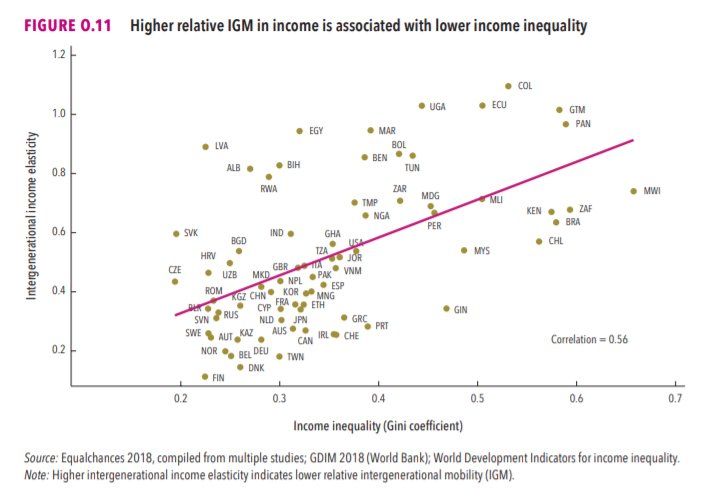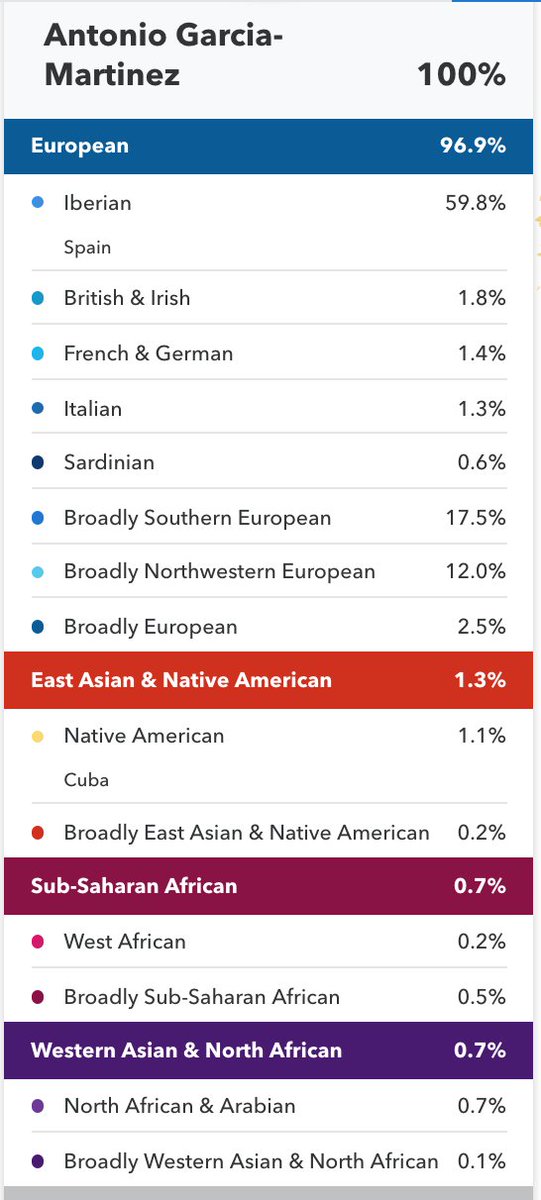
A reading for the winter solstice: a look at the relationships between women and news in Kenya. South Africa, Mexico, Brazil. Hong Kong, Japan, UK, Finland, Germany, US, and South Korea
My report with @simgandi for https://t.co/UnpeR4BBwg." target="_blank">@risj_oxford
https://t.co/UnpeR4BBwg. Some thoughts below.

https://t.co/R96wuInv6p
More from World
1/10 With respect, multiple straw men here:
A) If you mean by "legally questionable" either that Senate is barred by constitution from trying an official impeached while in office, or that there are even very strong arguments against it, I have to differ...
2/10 Constitutional structure, precedent & any fair reading of original intent dictate that argument for jurisdiction is far stronger than argument against. On original intent, see
3/10 If you mean argument against jurisdiction is plausible, sure, it's plausible. It's just weak. In practical fact, Senate can try Trump now, find him guilty & disqualify him from future office if there are sufficient votes. And no court would presume to overturn that result
4/10 b) The argument from resources is awfully hard to take seriously. Fewer than a dozen House members act as Managers for a few weeks. They are staffed, as are Senators hearing case, by folks whose job it is to do stuff like this...
5/10 Yes, Senate floor time will be taken up. But it's past time for us to stop thinking of members of either house as feeble, fluttering, occupants of a nationally-funded convalescent home. There are nearly 500 of these people with 1000s of staff and a bunch of big buildings...
A) If you mean by "legally questionable" either that Senate is barred by constitution from trying an official impeached while in office, or that there are even very strong arguments against it, I have to differ...
Some argue that if the Senate declines to hold a legally questionable, resource-sucking trial, Trump would be getting a free pass. That assumes criminal authorities do nothing and citizens can't be trusted to evaluate. Censure and focus important work?
— Ross Garber (@rossgarber) January 22, 2021
2/10 Constitutional structure, precedent & any fair reading of original intent dictate that argument for jurisdiction is far stronger than argument against. On original intent, see
3/10 If you mean argument against jurisdiction is plausible, sure, it's plausible. It's just weak. In practical fact, Senate can try Trump now, find him guilty & disqualify him from future office if there are sufficient votes. And no court would presume to overturn that result
4/10 b) The argument from resources is awfully hard to take seriously. Fewer than a dozen House members act as Managers for a few weeks. They are staffed, as are Senators hearing case, by folks whose job it is to do stuff like this...
5/10 Yes, Senate floor time will be taken up. But it's past time for us to stop thinking of members of either house as feeble, fluttering, occupants of a nationally-funded convalescent home. There are nearly 500 of these people with 1000s of staff and a bunch of big buildings...
You May Also Like
1/OK, data mystery time.
This New York Times feature shows China with a Gini Index of less than 30, which would make it more equal than Canada, France, or the Netherlands. https://t.co/g3Sv6DZTDE
That's weird. Income inequality in China is legendary.
Let's check this number.
2/The New York Times cites the World Bank's recent report, "Fair Progress? Economic Mobility across Generations Around the World".
The report is available here:
3/The World Bank report has a graph in which it appears to show the same value for China's Gini - under 0.3.
The graph cites the World Development Indicators as its source for the income inequality data.

4/The World Development Indicators are available at the World Bank's website.
Here's the Gini index: https://t.co/MvylQzpX6A
It looks as if the latest estimate for China's Gini is 42.2.
That estimate is from 2012.
5/A Gini of 42.2 would put China in the same neighborhood as the U.S., whose Gini was estimated at 41 in 2013.
I can't find the <30 number anywhere. The only other estimate in the tables for China is from 2008, when it was estimated at 42.8.
This New York Times feature shows China with a Gini Index of less than 30, which would make it more equal than Canada, France, or the Netherlands. https://t.co/g3Sv6DZTDE
That's weird. Income inequality in China is legendary.
Let's check this number.
2/The New York Times cites the World Bank's recent report, "Fair Progress? Economic Mobility across Generations Around the World".
The report is available here:
3/The World Bank report has a graph in which it appears to show the same value for China's Gini - under 0.3.
The graph cites the World Development Indicators as its source for the income inequality data.

4/The World Development Indicators are available at the World Bank's website.
Here's the Gini index: https://t.co/MvylQzpX6A
It looks as if the latest estimate for China's Gini is 42.2.
That estimate is from 2012.
5/A Gini of 42.2 would put China in the same neighborhood as the U.S., whose Gini was estimated at 41 in 2013.
I can't find the <30 number anywhere. The only other estimate in the tables for China is from 2008, when it was estimated at 42.8.






















